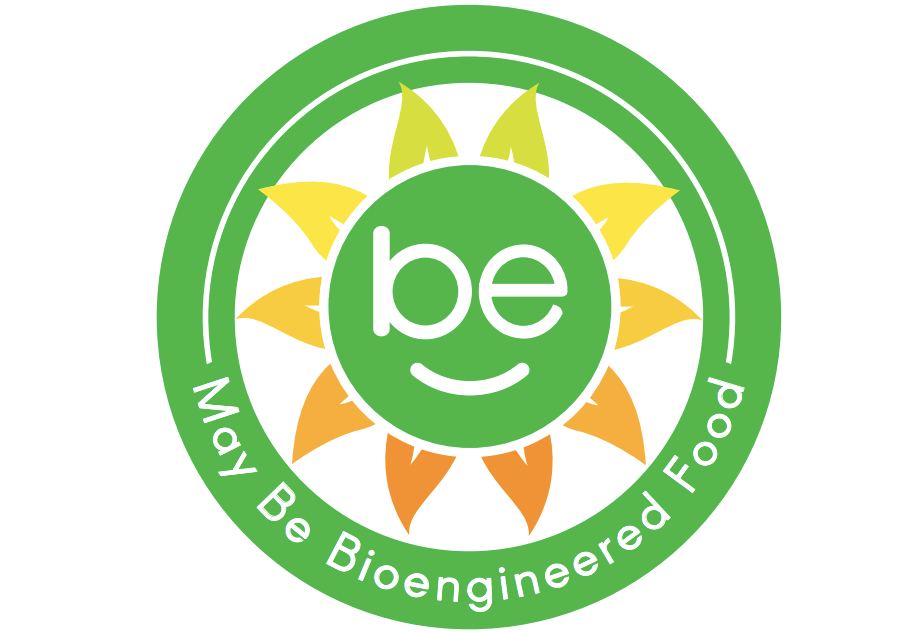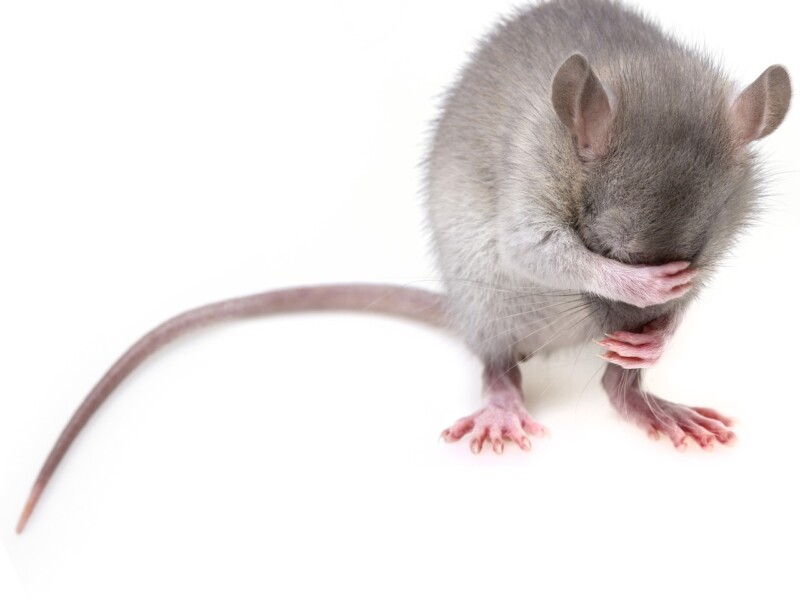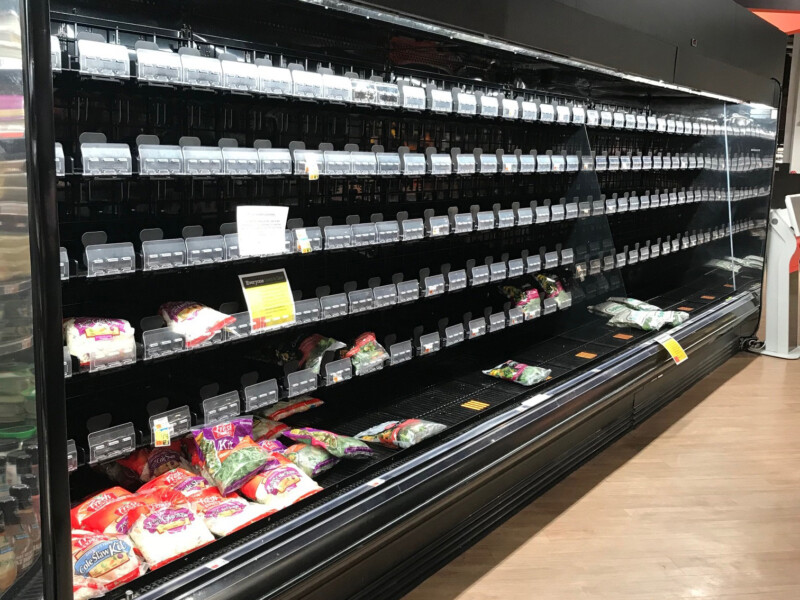
Last Friday, May 4, the USDA released its long-awaited draft Rule for disclosing genetically modified ingredients in foods and beverages manufactured for retail sale. The National Bioengineered Food Disclosure Standard Rule (NBFSD Rule) will provide a national uniform standard for disclosing the presence of bioengineered (also known as genetically-engineered or GMO) food, so that manufacturers and retailers will not be subjected to the burden of complying with differing and potentially conflicting state laws. Enacted in 2016, the federal law gave the USDA Agricultural Marketing Service (AMS) two years to devise and implement Rules. In June of last year, the AMS published thirty questions on which it invited public comment. Now the draft rule is public, and the AMS seeks another round of comments, which must be delivered by July 3.
The Rule introduces a new term, and it’s not GMO
The USDA found that the more commonly known term, “genetically-engineered” or “GMO,” was not adequately descriptive and so the Rule settled on the word “bioengineered food” to describe “a food that contains genetic material that has been modified through in vitro recombinant DNA techniques” and material that cannot “be obtained through conventional breeding or found in nature.”
The USDA does not consider bioengineered food a safety issue.
The USDA has always appeared uneasy about the claim that GMO or bioengineered foods are a public health concern. When asked to opine on the issue in the past, they have pointed out that studies show most bioengineered foods and non-bioengineered foods to share nearly identical nutrition content and safety profile. The American Association for the Advancement of Science issued a statement to say that “the World Health Organization, the American Medical Association, the US National Academy of Sciences and the British Royal Society, and every other respected organization that has examined the evidence has come to the same conclusion: that consuming foods containing ingredients derived from GM corps is no riskier than consuming the same foods containing ingredients from crop plants modified by conventional plant improvement techniques.”
The USDA therefore makes clear in its Rule that labeling a food as containing or lacking bioengineered ingredients is a matter of transparency, not safety and that bioengineered foods are safe to eat and has not so far been shown to have a negative impact on the environment.
Animals Fed with BE feed are not themselves BE food.
The Act, in fact, prohibits defining as BE food the meat, eggs or other food derived from an animal solely on the basis that the animal was fed BE feed.
Food certified organic is already GMO-free
Foods that are certified as organic under the USDA’s National Organic Program are, by definition, non-GMO, so they don’t have to apply any BE label one way or the other.
The proposed National Bioengineered Food Disclosure Standard (NBFDS) Rule, as currently drafted, would:
- Generally apply only to certain foods that fall under the FDA and USDA labeling regulations and which intended for human consumption (but, of course, with exceptions);
This means the Rule applies to most prepared foods (as well as produce) but an exception has been carved out to exclude with foods more than one ingredient for which meat, poultry, eggs or catfish are the first or second most predominant ingredient (like in soup, for example). FDA-regulated food not intended for human consumption, such as pet food, are also excluded from the Rule. Chewing gum, raw produce, seafood, dietary supplements, breads, cereals, frozen food, snacks, desserts and nonalcoholic drinks will all be subject to the Rule. Maple syrup would technically subject to the rule as well, but unless a sugar maker would commit the unthinkable and add corn syrup to the maple, no maple syrup is likely to contain bioengineered (“BE”) ingredients. Cheese, however, may come under rule depending on the final decision regarding enzymes, which will be discussed below.
- Not apply to restaurants or “very small food manufacturers,” which is defined in the draft as a manufacturer realizing less than $2.5 million in receipts;
- Also not apply to any food certified as organic by the National Organic Program;
- Specifically identify the bioengineered foods that must be disclosed when present in foods above a certain threshold percentage:
Commercially available bioengineered food that is common and widely used:
Canola, Field Corn, Cotton, Soybean and Sugar Beets
Bioengineered Food that is Commercially Available but not yet common:
Apples, sweet corn, papayas, potatoes, summer squash varieties
- Require only disclosure of bioengineered food, but no qualification as to BE foods’ health, safety or environmental impact.
- Allow manufacturers to choose between disclosure options:
* A one sentence disclosure that states the product contains a bioengineered food ingredient;
* Use of a seal yet to be determined
* A QR code together with the words: “Scan here for more food information.” If a QR code is used, there must also be a phone number, with the words “Call for more food information.” The disclosures must be available regardless of the time of day, but a recorded message is deemed sufficient.
* A study is being conducted to consider disclosure by text.
- Give a break to small manufacturers. While the Rule will not apply to “very” small manufacturers, “small’ manufacturers, that is, those who earn more than $2.5 million but less than $10 million in annual receipts may opt for any of the disclosures above, or simply by telephone (without the QR code) or by a website. If the small manufacturer chooses the former, it must display on the label the number and the words, “call for more food information”. If the disclosure is by website, the web address must be accompanied by the words, “Visit [website] for more food information.” The website will have to meet certain product information requirements under the rules.
- Require the disclosure to be near the name and location of the manufacturer/distributor and either front (principal display) panel or the information panel. (Additional options are available for products with very small packages, eg, “Text for info”).
- For foods that are common and widely used, a “high adoption bioengineered food.” the statement must be that the food “contains” a bioengineered food ingredient or that the food is a bioengineered food. The disclosure cannot state that the food “may” contain bioengineered ingredients. For foods that are a “non-high adoption BE food”, the label may state that it “may be bioengineered food,” or “may contain a bioengineered food ingredient,” if the producer isn’t certain if all the product or ingredient is bioengineered.
- For foods that display a BE disclosure, producers would not otherwise need to maintain documented verification that he food is a BE food, other than the records the producer is already required to maintain.
- In the case of bulk foods, the burden falls on the retailer to make the disclosures.
The USDA seeks further input for the final rule
Highly processed foods: The USDA is still deciding on whether to exempt highly processed foods, such as high-fructose corn syrup, sugar made from sugar-beets, corn, canola and soybean oils, and it seeks further comment on the question. Studies indicate that extensive refining of a food breaks down the DNA to such an extent that bioengineered and non-bioengineered highly-refined foods are nearly identical at the molecular and chemical levels.
Incidental Additives: Comments are sought on whether incidental additives should trigger disclosure. Incidental additives are additives “present in food at an insignificant level and do not have any technical or functional effect in the food.” Incidental additives are currently exempt from most FDA labeling requirements.
Thresholds: Similarly, the USDA has not decided whether labeling will be required regardless of the amount of bioengineered food present or whether a smaller amount, between 0.9 or 5 percent of the finished product’s weight may not require disclosure. Some threshold discussion involves the practical realities of the food supply chain.
Undetectable Recombinant DNA: The question is whether the NBFDS should exclude food where the modified genetic material cannot be detected.
Enzymes. Bioengineered enzymes, yeast and similar foods used in the production of baked goods, fermented foods and yogurts may not have to be disclosed. The USDA seeks further common on this matter.
List of bioengineered foods. At present the BE foods list is only proposed. The AMS proposes a process by which the list would be maintained and revised and how they might treat technologies as they develop.
Comments on the Rule are due July 3, 2018. If you want to participate in developing joint comments for submission, give me a call at 802-658-0220 or e-mail me at claraeperez@gravelshea.com and keep an eye here on this blog for further developments as they arise.




